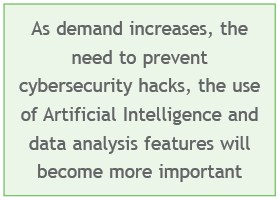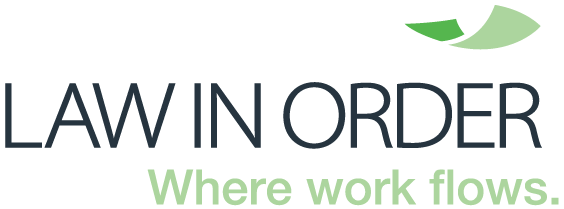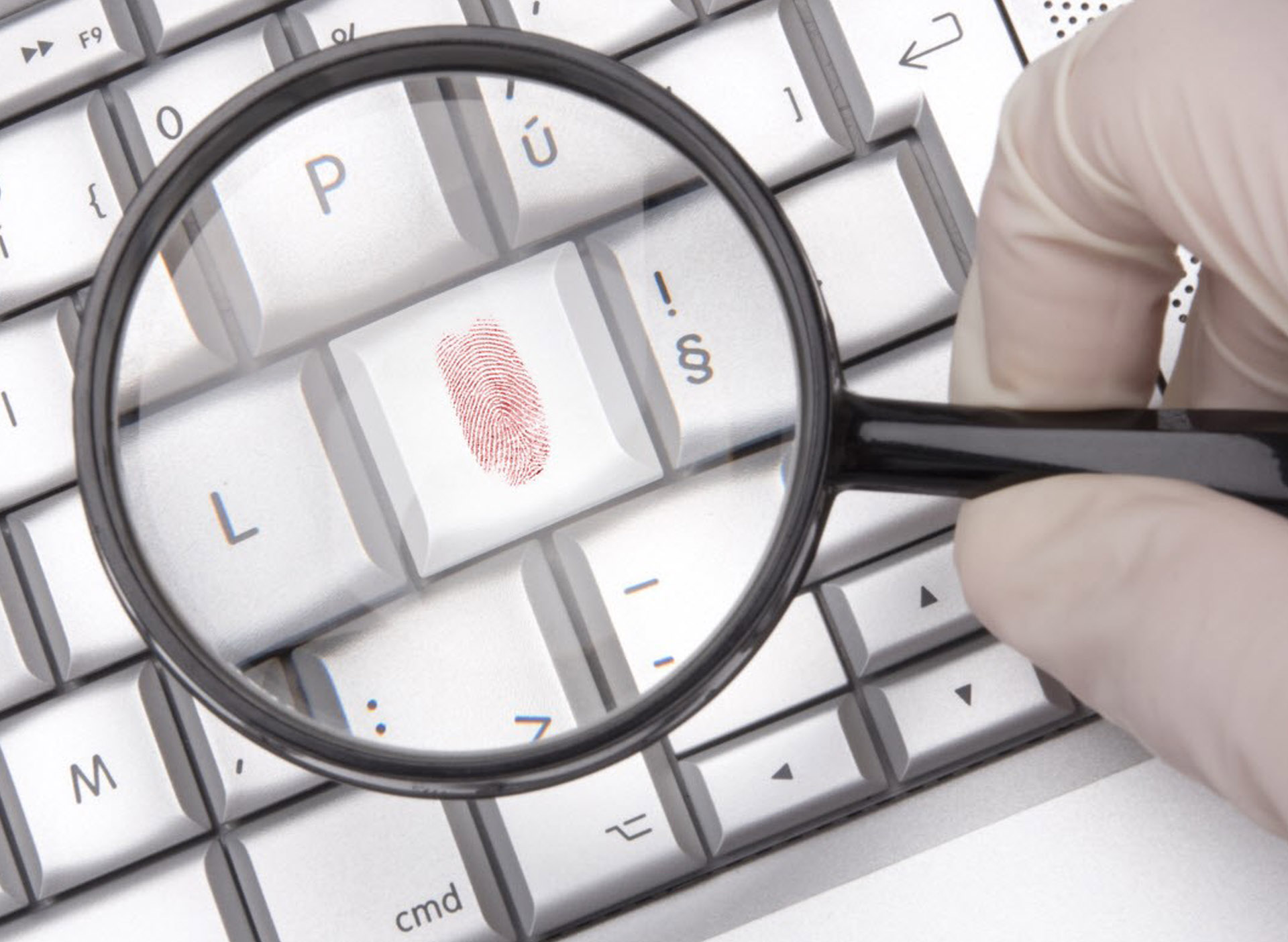 With more people being confined to their homes in different parts of the globe, hobbyists will be finding new uses for their drones. This can be a nuisance for the general public, but drones can be used for much greater benefit or much greater havoc than this.
With more people being confined to their homes in different parts of the globe, hobbyists will be finding new uses for their drones. This can be a nuisance for the general public, but drones can be used for much greater benefit or much greater havoc than this.
Drones can be used for security purposes and monitoring construction projects through to delivery of medical supplies or equipment to remote areas. Drones have been utilised to deliver contraband to prisons but have also been used by law enforcement to identity prisoners involved in or inciting riots. In 2018, Gatwick Airport (second busiest airport in the UK) was closed for 33 hours across a 2-day period because of a drone sighting which resulted in over 1,000 flights being cancelled or delayed. Each time the drone was out of sight and the runways were cleared for re-opening, the drone would appear again. Even an unconfirmed sighting can result in havoc.
So, what do drones have to do with Computer Forensics? Drones themselves are essentially flying computers capable of storing, creating and transmitting data. The drone itself can store data relating to the owner of the drone, flights paths and coordinates including altitude which can be utilised to determine speed, log files for each session from power on through to power off, start and end locations, and any photos of videos that were taken by the drone itself. All this information is sent back to the controller. In the case of many hobbyists, it is stored on their mobile phone, but the information often remains resident on the drone itself.

In the event of an incident, if the drone is captured, this captured data could be utilised to identify:
Who owns the drone?
- Using serial identifiers, the drone can be linked to an account or user.
Where did they fly?
- The GPS location can identify the start of each journey and each subsequent location between the start and destination of the drone.
- These are timestamped and can be used to identify previously stored flight paths.
What happened on the flight?
- Image and videos can be used to identify what the individual saw during their journey.
- If the drone was being utilised for a parcel drop, the coordinates could be used to work out where the package was dropped, resulting in a sudden increase in altitude and change of speed. Calculations can identify the approximate size or weight of the package.
Heading into 2020, drone sales and usage continues to grow with more and more hobbyists entering the market. This is due to both lower costs as well as an increase in capabilities as a result of further hardware and software advancements.
Other predictions for the future include an increasing interest in drones for commercial uses in the mapping, agriculture, security, mining, energy, medical delivery and communications sectors among others. As demand increases, the need to prevent cybersecurity hacks, the use of Artificial Intelligence and data analysis features will become more important. Automation and unmanned systems will also be in demand. Communication technology is also important for delivering immediate project updates without reworking and can make a significant difference to commercial timeframes and budget. As the capacity and sophistication of drones increase, so does the risk for commercial operators if drones are captured and made accessible to digital forensic experts who can retrieve commercially sensitive information.
Drones are here to stay, as a result of increased interest as well as user accessibility. Aviation and privacy laws will likely continue to be a hot topic within the field. As capabilities and technology advances, drone forensics will likely remain a fluid topic with more challenges relating to these flying computers and investigations of the devices that control them.
________________________
Law In Order is a leading provider to the legal profession of eDiscovery and legal support services including forensic data collection, information governance, managed document review, and virtual arbitration or mediation services. We provide a secure, flexible and responsive outsourced service of unparalleled quality to law firms, government agencies and inhouse corporate legal teams. The Law In Order team is comprised of lawyers, paralegals, system operators, consultants and project managers, with unparalleled knowledge and experience in legal technology support services.
________________________
By David Kerstjens
E: david.kerstjens@lawinorder.com
W: www.lawinorder.com
__________________________
 E: sales@lawinorder.com
E: sales@lawinorder.com
W: www.lawinorder.com


